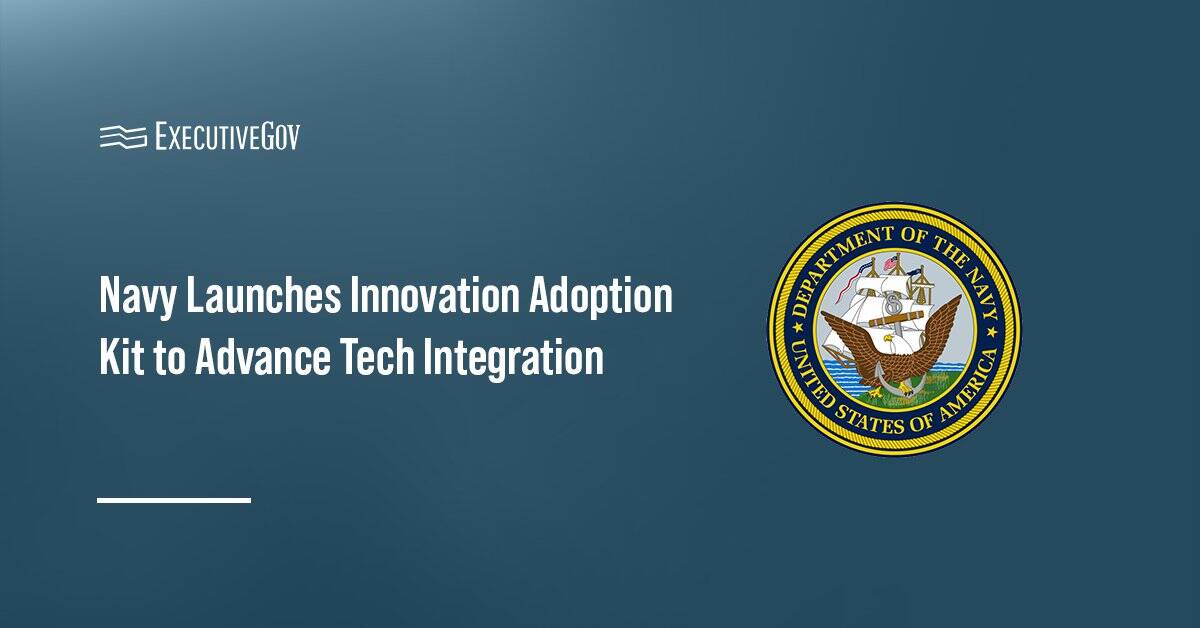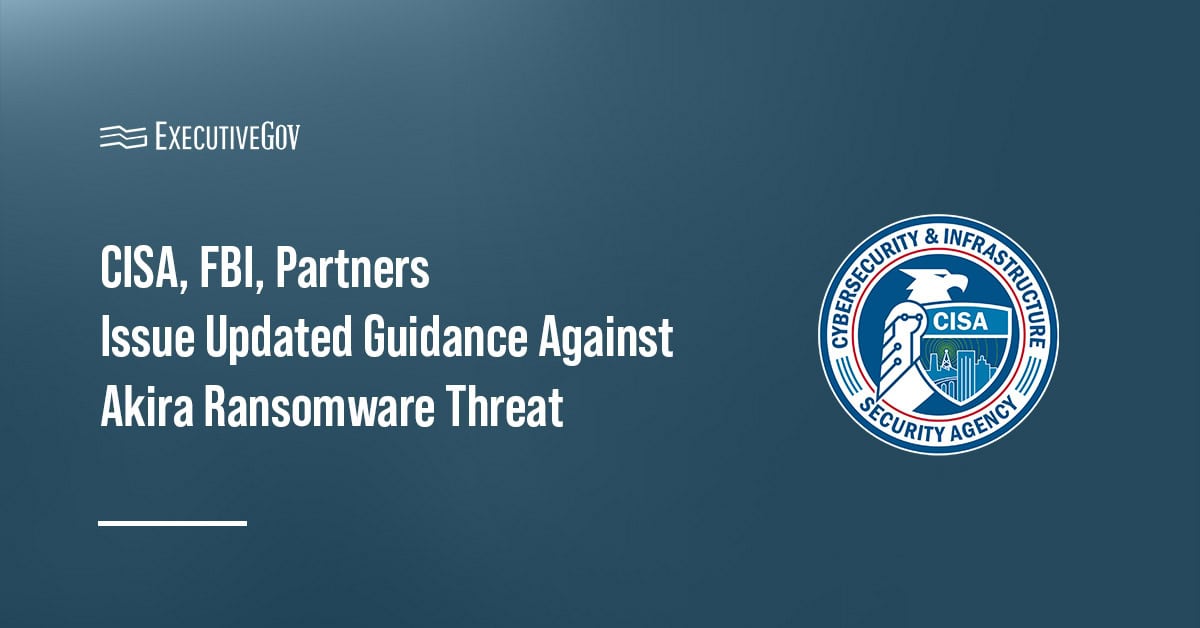 The General Services Administration has widened the coverage of its $150 to $5,000 bug bounty program to include the login.gov platform, FedScoop reported Wednesday.
The General Services Administration has widened the coverage of its $150 to $5,000 bug bounty program to include the login.gov platform, FedScoop reported Wednesday.GSA’s Technology Transformation Service tapped HackerOne in May 2017 for a security risk reporting platform and to help organize an incentives program for independent vulnerabilities research patterned after the Defense Department‘s Hack the Pentagon and Hack the Army initiatives.
The U.S. Digital Service and GSA’s 18F organization co-developed the account management and authentication platform that currently supports a USDS internal system, the Customs and Border Protection‘s careers website, Outlying Area Reporting Stations and Trusted Traveler Program apps and the USAJobs portal for government employment, the publication said.
TTS also plans to add the 18F website, analytics.usa.gov and vote.gov to the bug bounty program, FedScoop noted.





